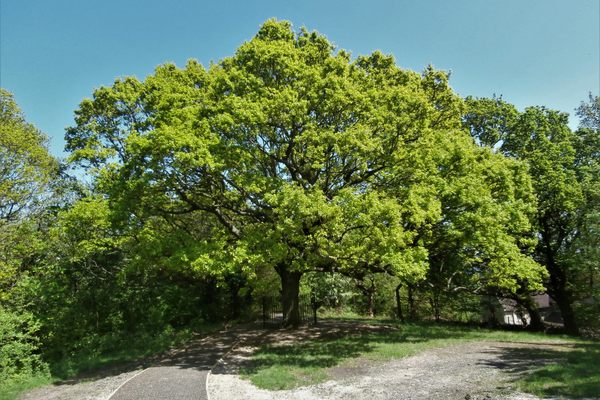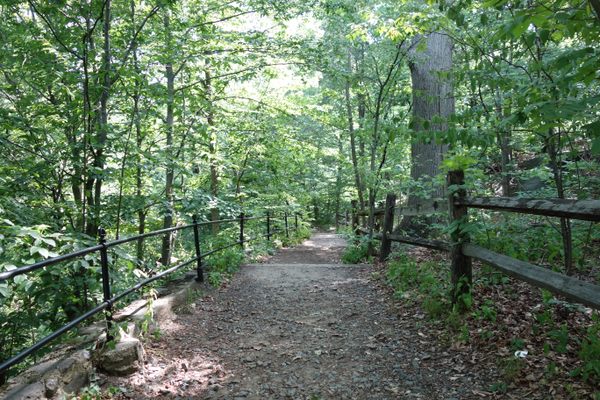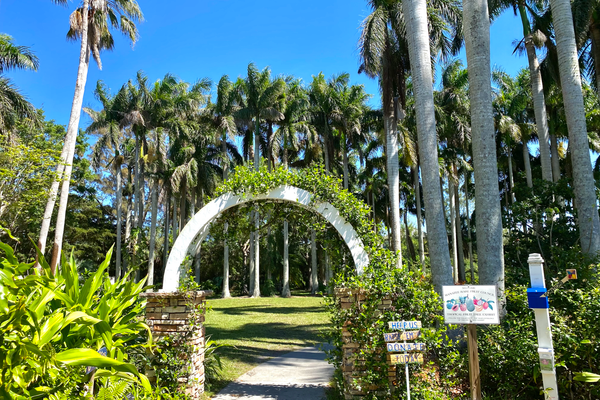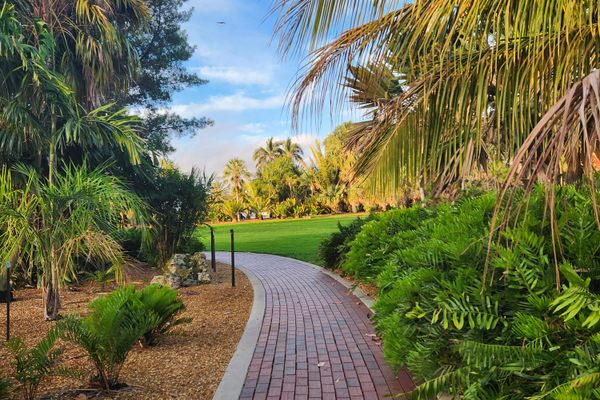About
Over David Fairchild’s 22 years leading the Forest Service’s foreign seed department in the early 20th century, he introduced 111,857 varieties of plants and seeds to the United States, producing an estimated $110 million in economic activity across the agricultural sector. But Fairchild’s greatest public service might be something more ornamental than functional: He was the driving force behind the introduction of thousands of iconic cherry trees around the Tidal Basin in Washington, D.C.
David Fairchild traveled the world over on the quest for seeds that he could bring back and introduce in the United States. A Miami Herald history of Fairchild credits him with “such success stories as the Meyer lemon, soybeans, Calimyrna figs, date palms, durum wheat, navel oranges, and many varieties of mangoes and avocados to American farmers.” Though the paper also notes that the plant explorer may have rankled some of his colleagues with his penchant for “frequently setting off on long plant-hunting trips and delegating his administrative duties to someone else.“
When he wasn’t traveling, David and his wife Marian lived in a wooded estate two miles out of Washington that they named “Into the Woods.” The house itself is an elegant architectural mix of Japanese and Mediterranean influences that today could be mistaken for a midcentury California-style residence. Using seeds and clippings from his work trips, Fairchild transformed the grounds into a temple to eastern botany. The clusters of Oshino Cherry Trees and dense plantings of Bamboo must have looked otherworldly to visitors in 1905. David became something of a Cherry Blossom brand ambassador, singing their praises around town and sending the Fairchild children out to spread seeds along Connecticut Avenue.
In 1909, Fairchild had the opportunity to pitch his beloved blossoms to the First Lady of the United States, Helen Taft. According to former Japanese ambassador Ichiro Fujisaki, “In 1909, neither the Jefferson Memorial nor the Lincoln Memorial had been constructed. Mrs. Taft was hoping to host outdoor concerts and felt that the Tidal Basin area needed some embellishments.” Cherry blossoms were just the thing, Fairchild told her.
The pair got in contact with Japanese diplomats, who offered to donate 2,000 Cherry Trees “to strengthen the relationship between the two nations." The first batch to arrive were infested with invasive insects and were promptly burned. But by March 1912 a new batch of 3,000 saplings were ready for a dedication ceremony with the First Lady and wife of the Japanese Ambassador.
Fairchild’s beloved cherry trees are still in place to this day, but the botanist decided Washington wasn’t the city to see out his senior years, departing for Miami in 1935. He sold “Into the Woods” to a neighborhood outdoorsy-focused preschool that still operates out of the house. The small campus lights up every spring as the treasured trees spread their bright pink and white blossoms, to the joy of staff and toddlers alike.
One important historical coda on Fairchild: The plant man’s record does have one blemish on it—he is also responsible for introducing the dreaded Kudzu superweed to North America.
Related Tags
Know Before You Go
The school is on private property. Contact them before visiting.
Published
June 28, 2017



























